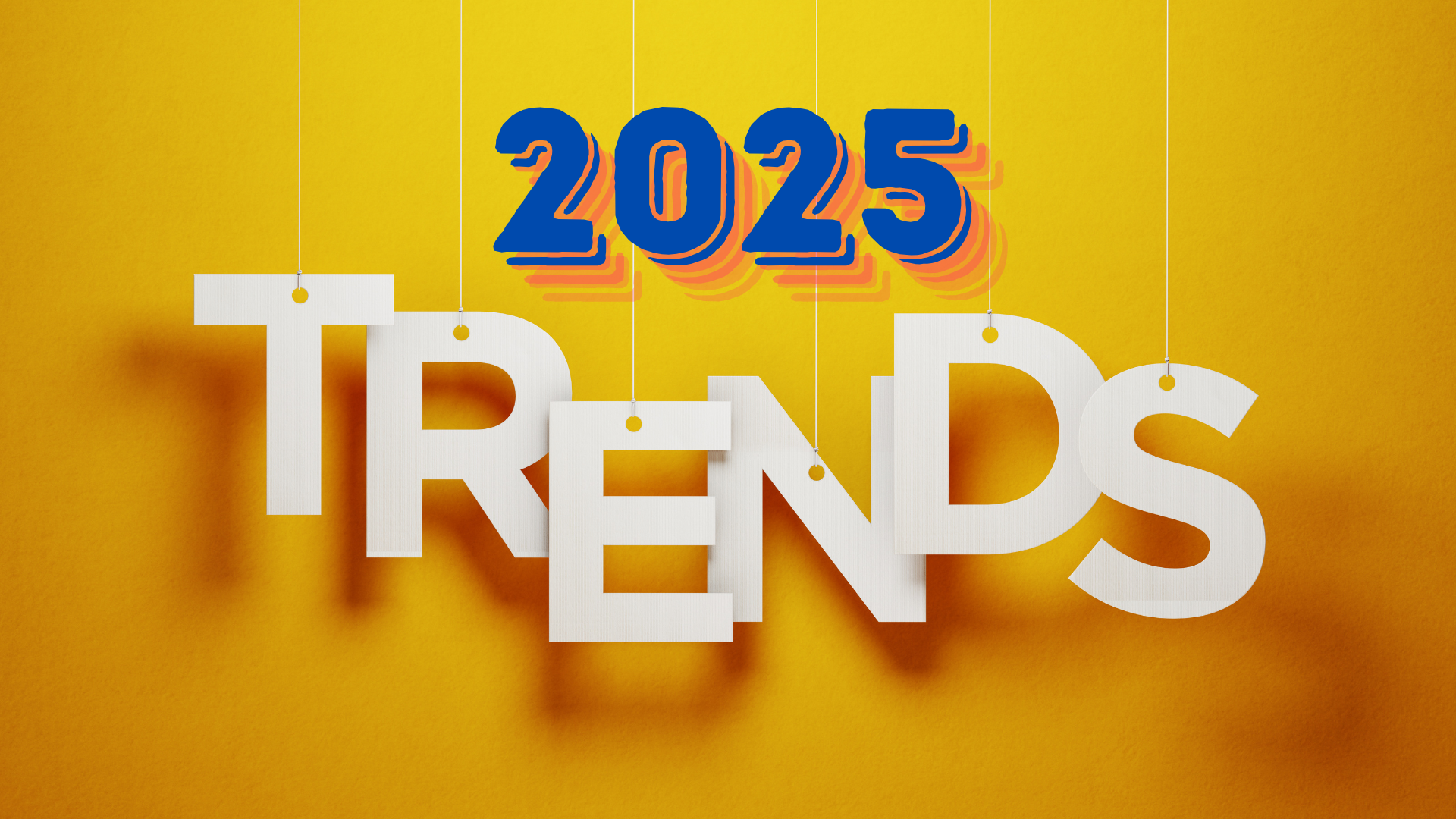
 By Alina Palii, Marketing Expert
By Alina Palii, Marketing Expert
2025 is shaping up to be a transformative year for marketing. With rapid technological advancements and changing consumer expectations, brands must rethink their strategies to stay competitive. This is no longer about broadcasting generic messages or relying on traditional advertising. The future belongs to those who truly understand their audience—their preferences, desires, and motivations.
As someone who has always prioritized deep consumer insights, I can confidently say that this era is a marketer’s dream. Success now depends on how well you study your audience, the tools you use to analyze data, and the quality of the emotional connections you create. Let’s explore the key trends and tools shaping the future of marketing in 2025.
- Data-Driven Consumer Insights: The Foundation of Marketing
Understanding your consumers has always been essential, but in 2025, it’s non-negotiable. Marketing strategies now revolve around detailed data about what consumers want, how they behave, and what drives their decisions. This allows brands to create tailored experiences that feel deeply personal.
My perspective: Data is only the starting point. The real challenge lies in how you use it. The impact of your message and the tools you employ to deliver it will determine whether your brand wins trust and loyalty.
Tools for understanding consumers:
- Google Analytics 4 for website behavior analysis.
- HubSpot CRM will gather and manage customer data.
- Sprinklr is used to monitor social media conversations and engagement.
- Hyper-Personalization Powered by AI
Personalization isn’t new, but in 2025, it’s reaching unprecedented levels. Artificial intelligence (AI) enables brands to anticipate consumer needs and craft experiences that feel almost predictive.
How personalization works:
- Dynamic content: Websites and apps that adapt their design and recommendations based on individual user behavior.
- Personalized email campaigns: Emails tailored to a customer’s preferences and purchase history.
- Smart recommendations: Platforms like Netflix and Amazon offering suggestions based on viewing and buying habits.
My perspective: Personalization allows you to speak to consumers in their language. However, the key is balance—tailoring experiences without making customers feel overly scrutinized.
- The Metaverse: A New Playground for Marketing
The metaverse is no longer a futuristic concept; it’s a thriving reality in 2025. This virtual space, which combines augmented reality (AR) and virtual reality (VR), offers brands a new way to engage with audiences and create memorable experiences.
How brands are using the metaverse:
- Virtual stores: Nike has launched a digital shop where users can buy virtual sneakers for their avatars.
- Events in virtual worlds: Virtual concerts, such as Travis Scott’s event in Fortnite, which attracted 27 million attendees.
- Gamified experiences: Integrating branded products into metaverse platforms like Roblox or Decentraland.
Tools for metaverse marketing:
- Unity Unreal Engine is used to create immersive VR experiences.
- NFT marketplaces (e.g., OpenSea) for selling branded digital assets.
- AR/VR devices like Meta Quest and HTC Vive for user interaction.
My perspective: The metaverse presents an exciting challenge. To succeed, brands need to go beyond simply “being present” and create genuinely engaging and innovative experiences.
- Short-Form Video Content: Maximizing Impact in Minimal Time
Short-form video will be the dominant content format in 2025. Platforms like TikTok, Instagram Reels, and YouTube Shorts have revolutionized brand communication by offering bite-sized content that captures attention in seconds.
Best practices for short-form content:
- Hook viewers in the first 3 seconds: This is the critical window for grabbing attention.
- Stay relevant: Leverage trends, memes, and challenges to engage your audience.
- Focus on creativity: A strong opening, emotional appeal, and a clear call-to-action are essential.
Tools for creating short-form videos:
- CapCut, Adobe Premiere Rush for quick video editing.
- TikTok Ads Manager for running targeted ad campaigns.
My perspective: Short videos are an opportunity to say more with less. The trick is to align your content with your brand’s identity while staying fresh and engaging.
- Ethical Marketing and Sustainability
Today’s consumers expect brands to be transparent and socially responsible. By 2025, sustainability will no longer be a differentiator—it will be a standard. Brands that ignore these expectations risk alienating their audience.
What ethical marketing looks like:
- Eco-friendly products: Minimizing plastic use and opting for recycled materials.
- Transparent supply chains: Openly sharing how products are made.
- Social initiatives: Supporting local communities and charitable causes.
Example: Patagonia not only produces sustainable clothing but also encourages customers to repair old items instead of buying new ones.
My perspective: Consumers want more than just a product; they want to believe in a brand’s values. Sustainability and ethical practices are the keys to building trust.
- Gamification: Engaging Through Play
Gamification remains a powerful tool for capturing attention and driving engagement. By incorporating game-like elements, brands make interactions fun and memorable.
Examples of gamification:
- Loyalty programs: Starbucks rewards customers with stars for purchases, which they can redeem for free products.
- Interactive campaigns: Quizzes, treasure hunts, and challenges that encourage participation.
- Virtual rewards: Offering NFTs as incentives for engaging with campaigns.
My perspective: Gamification shows that a brand can be innovative and enjoyable, strengthening its appeal to customers.
- Real-Time Analytics: Adapting Instantly
In 2025, real-time analytics is essential for making data-driven decisions. Brands can monitor consumer behavior, adjust campaigns, and even optimize pricing.
Applications of real-time analytics:
- Campaign monitoring: Tracking clicks, conversions, and engagement in real-time.
- Dynamic pricing: Adjusting prices based on demand and user behavior.
- Audience segmentation: Creating hyper-targeted campaigns using up-to-the-minute data.
Tools for real-time analytics:
- Google Analytics 4, Mixpanel for tracking website activity.
- Tableau, Power BI for visualizing complex data.
- Hootsuite, Sprout Social for monitoring social media performance.
Conclusion
2025 is the year when marketing revolves around consumers more than ever before. For someone like me, who has always prioritized understanding audiences, this era is exciting and rewarding. The convergence of data, technology, and creativity allows marketers to craft meaningful, personalized experiences that resonate deeply with consumers.
But the ultimate question remains: how well are you using the tools and insights available to influence your audience? In a world where every brand is vying for attention, only those who create genuine, tailored experiences will succeed in building loyalty and trust. The future of marketing belongs to those who truly know their customers and have the tools to connect with them on a deeper level.

